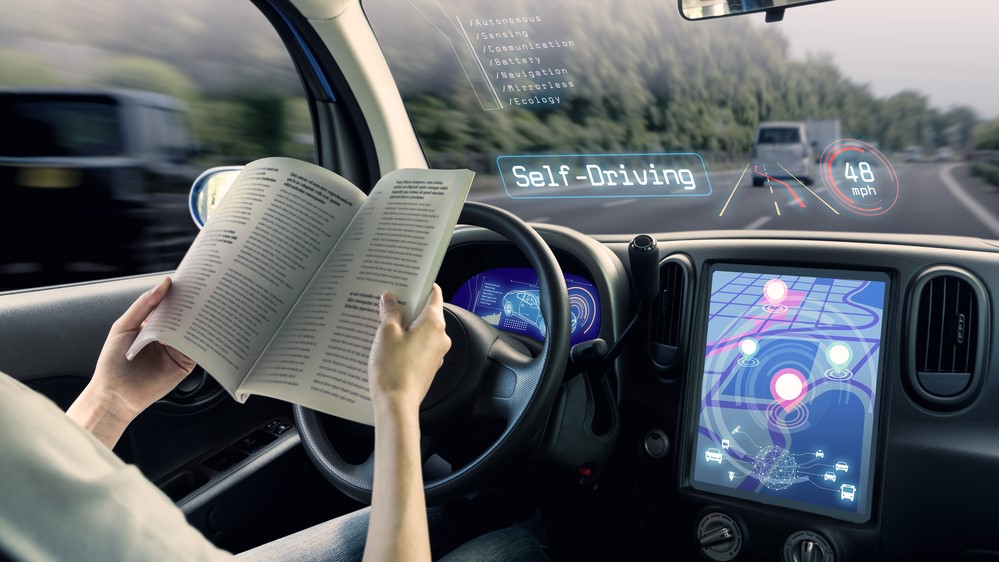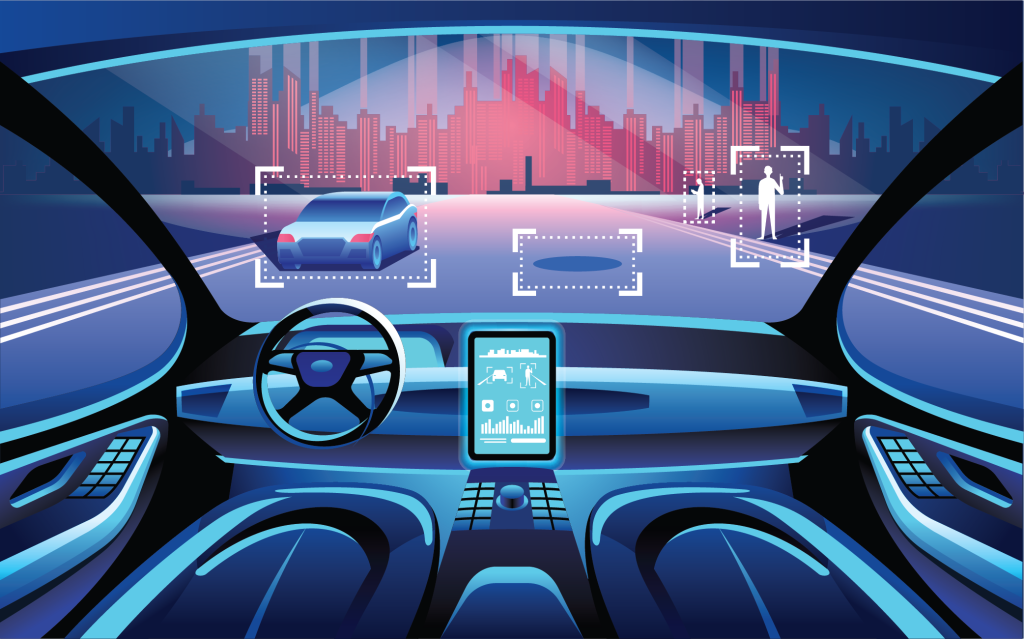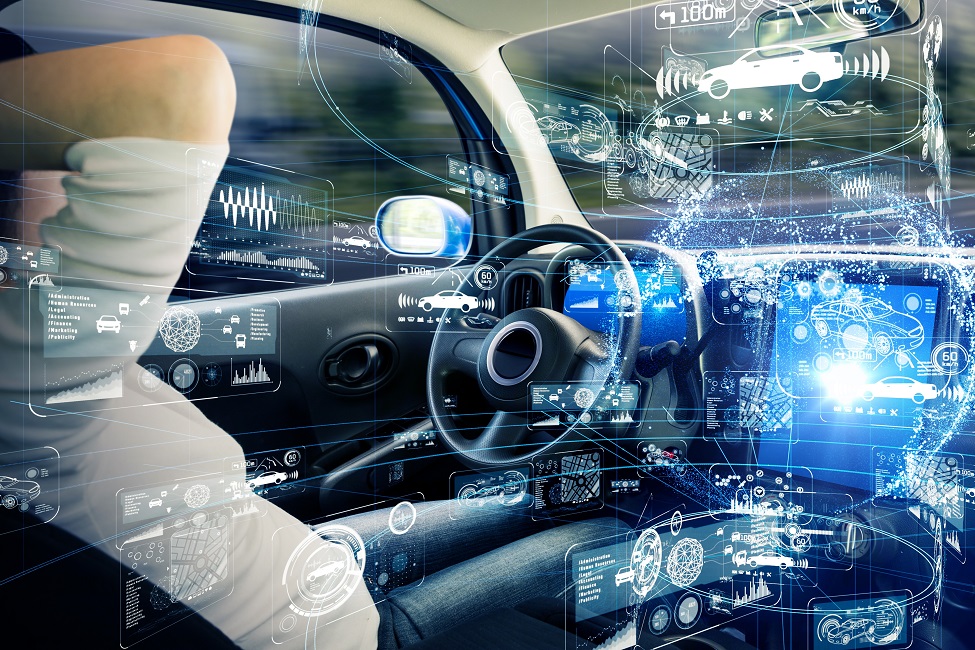In recent years, the automotive industry has witnessed significant advancements in technology. One such innovation that has captured the world’s attention is the development of self-driving cars. These autonomous vehicles have the potential to revolutionize the way we think about transportation and reshape our cities’ infrastructure. With major car manufacturers investing heavily in research and development, automatic cars are no longer a distant dream but a fast-approaching reality.
Self-driving cars, also known as autonomous or driverless cars, are equipped with sensors, cameras, radar, GPS, and artificial intelligence (AI) to navigate and operate without human intervention. This advanced technology enables the car to analyze data from its surroundings and make decisions about speed, direction, and obstacle avoidance. With major players like Tesla, Audi, Volkswagen, and General Motors investing in this cutting-edge technology, driving autonomous vehicles are set to transform the way we travel.
How do self-driving cars work?
The concept of self-driving cars is based on the integration of various technologies and their ability to communicate with each other in real-time. These vehicles use a combination of sensors, cameras, lidar, radar, and GPS to collect data about the environment. This data is then processed by AI algorithms to identify objects like traffic lights, signs, trees, pedestrians, and other vehicles on the road. The AI predicts the actions of these objects and makes decisions about speed, braking, steering, and parking.

The operation of self-driving cars
Sensors used in self-driving cars
- Cameras: Cameras are one of the most crucial sensors used in driving autonomous vehicles. These high-resolution cameras can capture images and videos of the vehicle’s surroundings. They provide a live feed of the road and help the car identify objects, lanes, and traffic signals.
- Radar: Radar sensors use radio waves to detect objects and their distance from the car. These sensors are crucial for self-driving cars as they provide accurate data about the car’s surroundings, even in adverse weather conditions.
- Lidar: Lidar sensors use laser beams to create a 3D map of the car’s surroundings. They can accurately detect objects and their precise location, making them an essential component of self-driving cars.
- GPS: Global Positioning System (GPS) is used to determine the car’s location and map out the route. It provides real-time data to the car’s navigation system, allowing it to navigate and reach its destination.
AI and decision-making
The development of self-driving cars would not have been possible without the advancements in artificial intelligence. The AI algorithms used in these vehicles are trained on millions of miles of driving data that allow them to make decisions in real-time. These algorithms analyze data from various sensors and predict the actions of other objects on the road. Based on this information, the car makes decisions about speed, braking, and steering to ensure safe and efficient travel.
Features of self-driving cars
- Autonomous driving and parking: One of the significant advantages of driving autonomous vehicles is the ability to drive and park themselves. With advanced sensors and AI, these vehicles can navigate through traffic and reach their destination without any human intervention. This feature also allows drivers to relax and multitask while the car does the driving.
- Obstacle prediction and avoidance: Self-driving cars have advanced sensors and computing systems that enable them to detect and avoid obstacles in real-time. These vehicles can identify potential hazards and take evasive action to avoid collisions, making them much safer than human-driven cars.
- Connectivity: Self-driving cars are equipped with advanced connectivity features that allow them to connect to devices like laptops, smartphones, and tablets. These vehicles use cloud computing and databases to retrieve and share real-time information, ensuring a seamless driving experience.
- Voice recognition and interaction: With the integration of AI and voice recognition technologies, self-driving cars can understand and respond to driver instructions. This feature allows drivers to interact with their vehicles in a more natural and intuitive way, making the driving experience more comfortable and user-friendly.

Main features of self-driving cars
Advantages of self-driving cars
- Safety: Self-driving cars are equipped with advanced sensors and AI that enable them to detect and avoid obstacles, making them much safer than human-driven cars. These vehicles can also communicate with each other, providing real-time data that reduces the chances of accidents.
- Efficiency: Self-driving cars have the potential to reduce travel time and increase efficiency on the roads. With faster reaction times and constant communication, these vehicles can navigate through traffic more efficiently, reducing travel time and congestion on the roads.
- Accessibility: The development of self-driving cars has the potential to make transportation accessible to everyone, including the elderly and people with disabilities. With autonomous driving capabilities, these vehicles can provide mobility solutions for individuals who cannot drive or use public transportation.
- Eco-friendly: Self-driving cars are equipped with advanced technology that enables them to drive more efficiently, reducing fuel consumption and emissions. With better route planning and less idle time, these vehicles can contribute to a cleaner and greener environment.
Challenges and concerns
While the development of self-driving cars brings endless possibilities, there are still some challenges and concerns that need to be addressed before they become mainstream.
- Cybersecurity: With increased connectivity, self-driving cars are vulnerable to cyber-attacks. Any breach in the car’s system can lead to disastrous consequences, making it imperative to develop robust cybersecurity measures.
- Legal and regulatory issues: As self-driving cars become more prevalent, there will be a need for new laws and regulations to govern their use. Establishing legal frameworks for these vehicles’ safety standards, insurance, and liability is crucial for their widespread adoption.
- Public acceptance: The idea of handing over control of a vehicle to technology can be daunting for some people. Public trust and acceptance will play a significant role in the mass adoption of self-driving cars.
- Cost: The development and integration of advanced technology into self-driving cars can make them expensive. This could be a significant barrier for many consumers, limiting their accessibility to this technology.
The future of self-driving cars
The potential of this types of cars goes far beyond just being a means of transportation. With advancements in technology, these vehicles have the potential to transform our cities’ infrastructure, making them smarter and more efficient. From reducing road accidents and congestion to providing mobility solutions for the elderly and disabled, self-driving cars have the power to change the way we live.

The future of self-driving cars
As major car manufacturers continue to invest in research and development, driving autonomous vehicles are becoming more sophisticated and closer to becoming a reality. However, there is still a long way to go before they become mainstream and are accepted by the general public. With continued advancements and addressing the challenges and concerns, self-driving cars could soon be the future of smart transportation.
Conclusion
Self-driving cars are no longer a distant dream but a fast-approaching reality. Equipped with advanced sensors, AI, and connectivity features, these vehicles have the potential to transform the way we think about transportation. While there are still challenges and concerns that need to be addressed before they become mainstream, the future of self-driving cars looks promising. With continued advancements and public acceptance, these vehicles could reshape our cities’ infrastructure and pave the way for a safer, more efficient, and sustainable future.


